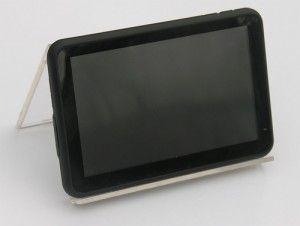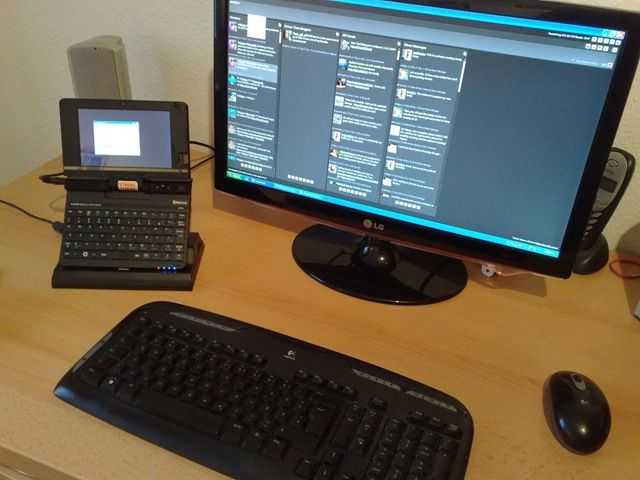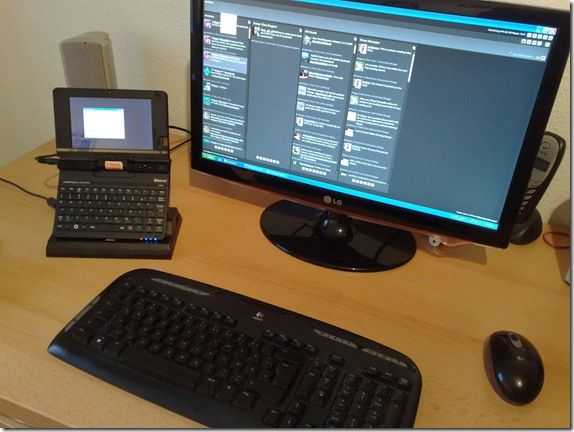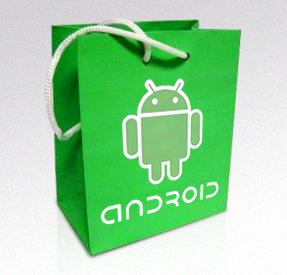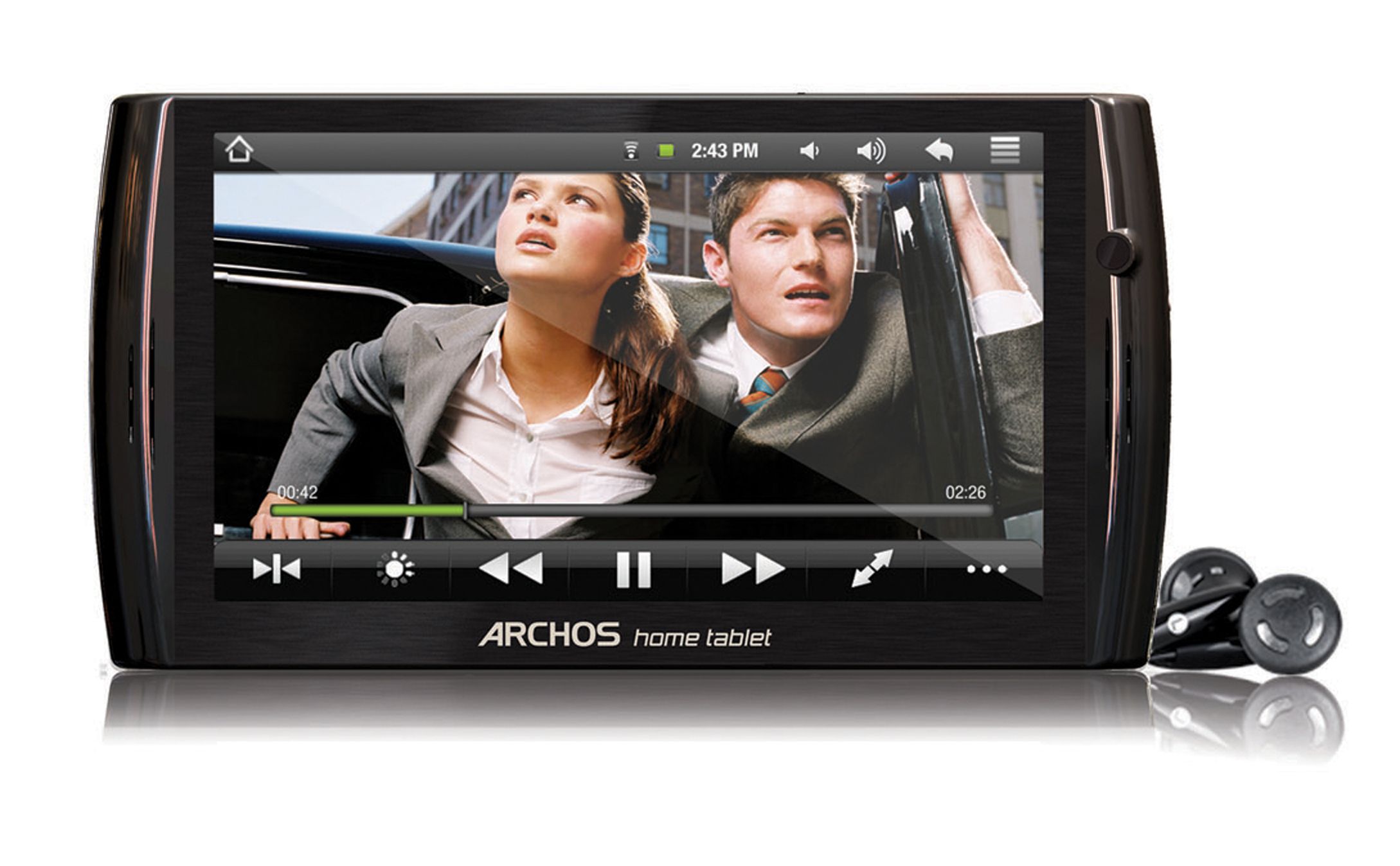I’ve had a theory about web-page loading speed for about three years now. When a web page takes more than 12 seconds to load, a user considers it a slow experience. Anything less than 10-12 seconds and everything is in the green zone. Smartphones are now entering the green zone.
The mobile Internet experience needs to be compatible and quick and if either one of those elements fails, then the customers Internet experience fails.
In my search for the full internet experience in my pocket I’ve spent hundreds of hours testing, analyzing, questioning, discussing and writing about the subject and I have a very clear picture of what is satisfying for the end user. In Sept 2007 I wrote about the extremely poor ARM-based internet experience. Really, it was embarrassing. The best phones of the day were taking nearly twice as long as the slowest of X86-based platforms with small screen sizes and low-quality rendering adding to the overall disappointment.
In October 2009, 2 years after my ARM-bashing article, the ecosystem had moved forward a long way and we saw what was probably the fastest ARM-based browsing experience ever. The Archos 5 was even beating low-end UMPCs. The iPhone 3GS was doing well too. Take another 5 months step into the future to the present day and you now have smartphones beating low-end Ultra-Mobile PCs. Pocketables, always reliable for a good set of browsing speed test results, shows us that there are at least three phones out there that are in the green zone now with the Nexus one and iPhone 3GS breaking the 10-second barrier. If JKK’s excitement about the Milestone and the Android 2.1 upgrade is anything to go by, we can expect the Droid/Milestone to be in that category too. The HTC desire will be joining the club in just a few weeks and following closely will be the Dell Mini 5 and Sprint EvO.
Just to re-cap, that’s pocketable, always-on, fast-internet devices with mobile-focused operating systems, mobile photo and video cams, high speed 3G, GPS, sensors, touchscreen, multi-GB’s of storage and access to thousands of apps costing under 400 Euros.
Related: The Full Internet Experience of 2010
Related: ARM’s lock-in opportunity
It’s not just the CPU.
You might think that ARM and their silicon partners are responsible for the advance but fortunately for Intel, that’s not quite true because in the last 2 years we’ve seen some amazing progress in browser software performance. Javascript processing speed, delayed script processing and other tricks and optimisations mean we’re also seeing improvements on desktop browsers too. I haven’t had time to do a complete set of tests but after disabling Flash on my desktop browsers I’m seeing something like 20-30% speed improvements over results of two years ago.
I’m not going to sit here and defend X86 though because its the ARM ecosystem that deserves the praise here. The fact is that the ARM ecosystem of hardware and software developers has moved forward quickly and shows no signs of stopping. In fact, as ARM tablets and always-on netbooks enter the market, that momentum could increase. With Moorestown and MeeGo on the horizon for X86 there’s a ray of hope for X86 but if that hardware/software platform isn’t good enough (most of us in the industry agree that it needs to move on another generation before it’s ‘ripe’ for smartphones) and the speed of development and investment doesn’t ramp-up quickly enough, Intel will never be able to catch up with the smartphone market.




